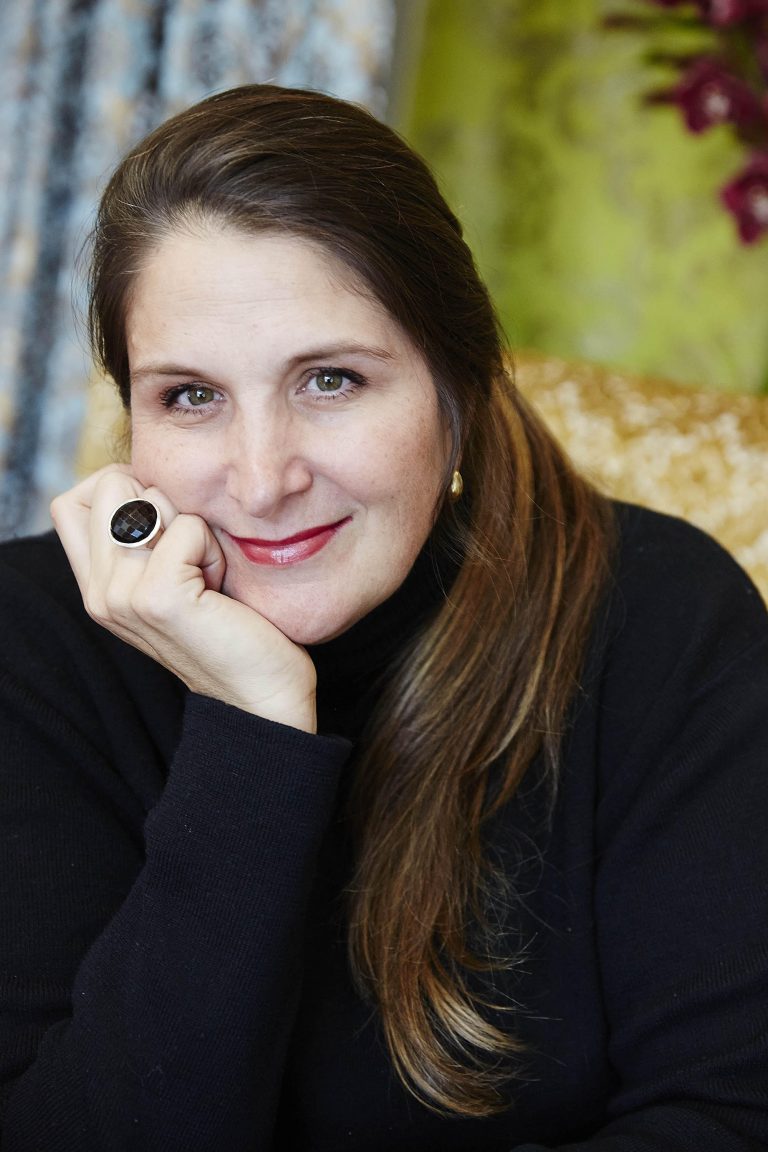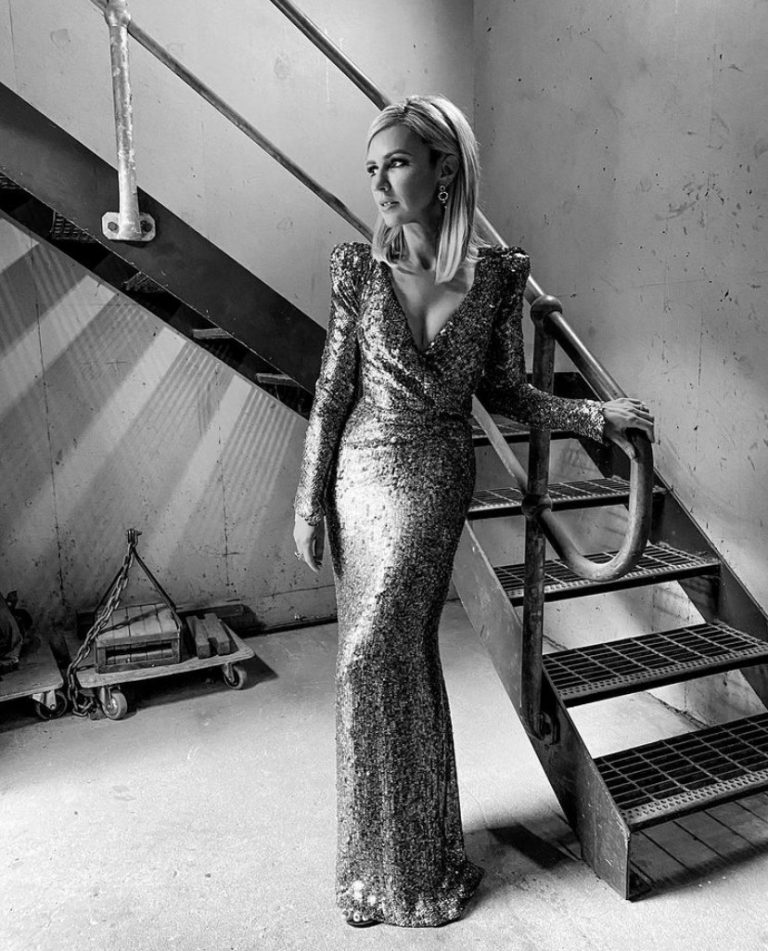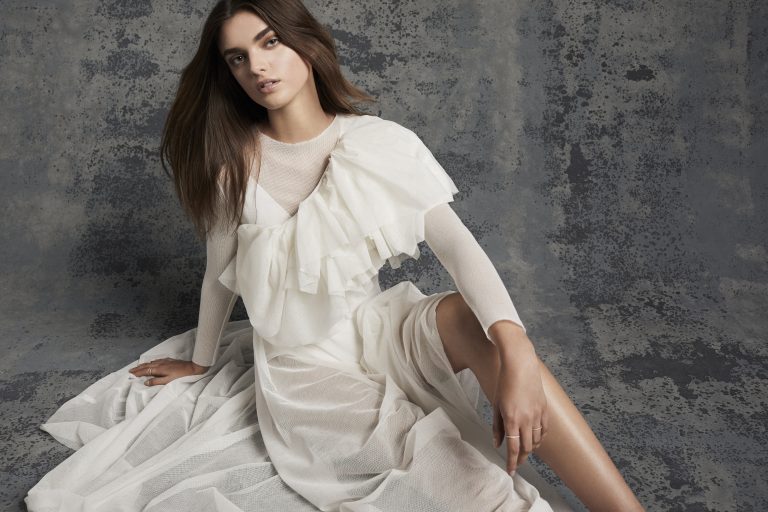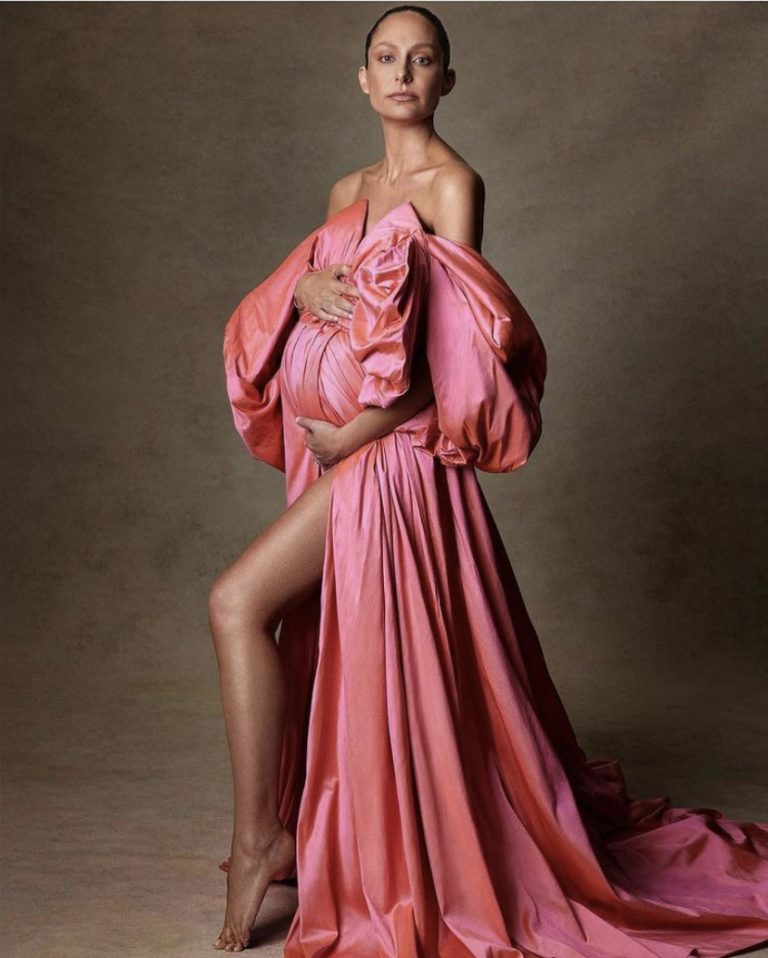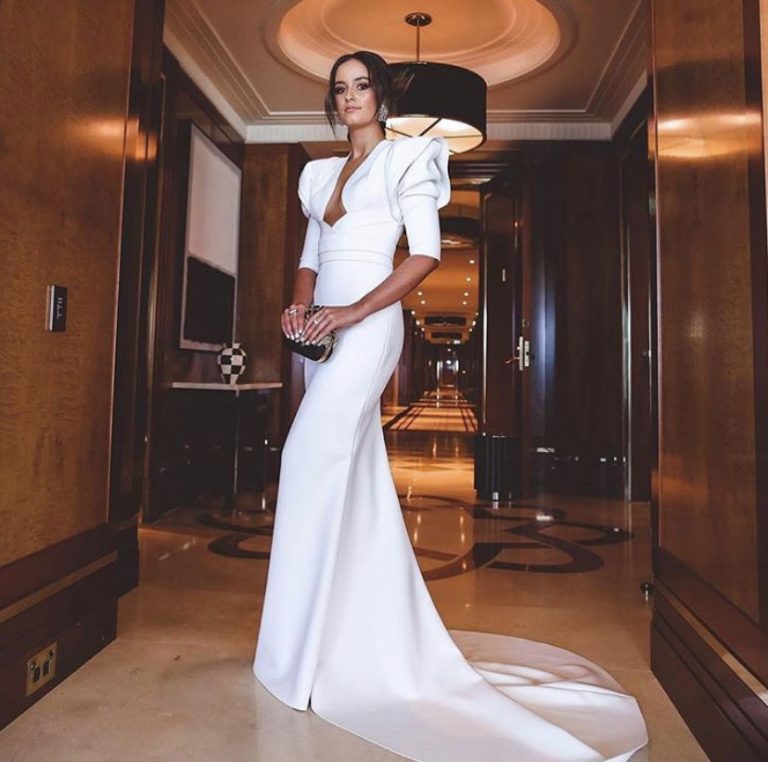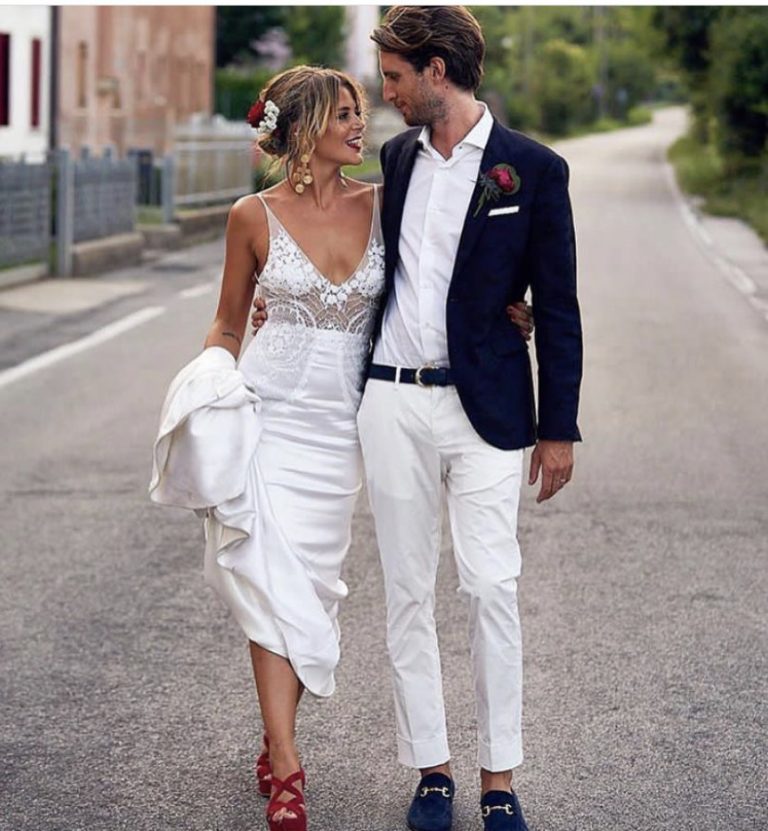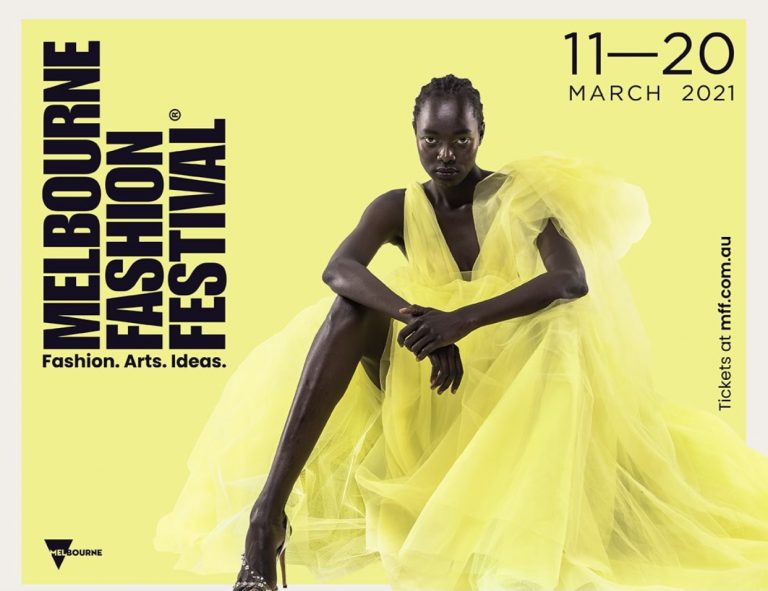More than museum pieces
More than museum pieces
Sonia Cappellazzo lived the familiar first-generation migrant story. Her parents, who came from Italy, worked tirelessly as a seamstress and a cabinetmaker. She grew up amidst their creative endeavours.
More than half a century later, she’s a celebrated couture designer. She’s the favourite choice for celebrities on the red carpet.
After almost 25 years in business, she sees peers retiring. She fears their skills are being lost. Now she’s calling on the government to invest more in couture so it can be more than a museum piece.
A post-war love story
Both Cappellazzo’s parents had survived war time ordeals before arriving in Australia. Her father, Romeo Cappellazzo (now aged 92) came in the 1950s. He was fleeing a country without jobs and drawn to a city that was due to host the Olympics.
His journey took more than 40 days, he was seasick and began to lose weight. On arrival at 6 foot 4 inches and weighing only 43 kilos he was close to death. An Italian friend, also called Romeo, continued to feed him when the doctors had given up. That saved his life. Romeo Cappellazzo went on to Bonegilla Migrant Camp, before moving to Carlton.
After 8 years, Sonia’s father was ready to return to Italy where job prospects had picked up.
One night before he left, he went to dinner at the home of the Toffolon family in Werribee. They supplied fresh fruit and vegetables to hospitals. On Sunday’s they’d cook up the leftovers for single people to come together and share. It was at a Sunday dinner that Cappellazzo’s parents met.
Cappellazzo’s mother, Maria Valente had arrived with her mother to live with a sister who was already in Melbourne. Valente had typhoid during the Second World War. As a result, she was not expected to be able to have children. Despite that, the two married a few months after meeting and went on to have children in their 30s. Sonia was born when her mother was 36 years old, and her parents were delighted.
The family table
The family were active in the Veneto Club in Bulleen. The children grew up surrounded by hardworking Italian families.
Her mother and auntie were both seamstresses and worked together. The table was covered in clothes that they were working on.
Cappellazzo grew up around this family table, she remembers;
“That table was the centre of our universe… As a child it seemed huge but I later realised it was a small table.”
One of the designer’s earliest memories was watching the pedal going up and down on the sewing machine.
Cappellazzo’s father was a trained cabinetmaker. He found work making luxury tables and wardrobes for a Jewish family in Carlton.
The offcuts of both parents’ work became her playground: “I was always creative I’d make hair for a puppet from the wood shavings from my father’s work. Or making clothes for my small doll with the off cuts from my mother’s designs.”
Her parents were industrious. If they weren’t working, they were growing their own fruit and vegetables. Their family was their world.
A lifelong passion for design
She studied at Melbourne College of Textiles, which later merged with RMIT. Afterwards, Cappellazzo chose to attend a private fashion college in Italy. She turned down offers at prestigious art schools in London or Milan. She always knew that couture was her focus.
“I’ve always really appreciated beautiful fabrics and their quality. My philosophy has always been, when you buy less and buy better, you’ll have it forever.”
As a tall woman (6 foot 2 inches) Cappellazzo understands that everybody is different. She wants everyone to feel beautiful.
“That’s my major motivation. To understand the body, to know how things will fall. A good designer shouldn’t discriminate. The reason, I think, that people still come to me is that I truly love women. I want all types of women to feel beautiful.”
Her designs hark back to the classic style of stars like Audrey Hepburn, Princess Grace Kelly and Sofia Lauren in the 1950s. She brings a modern twist that keeps high profile clients coming back year after year.
There no sign of the designer tiring… She says happily, “I still love it. Isn’t it amazing?”
Reflecting on the pandemic, Cappellazzo sees things a little differently now;
“I’ve always respected my family, but the pandemic made me more aware. We have to think about what we do and the impact we have. The older I become, the more I realise you have to own your history, good or bad. There might have been a time when I wanted to assimilate, but now I feel proud for my parents, proud of my history.”
Support Australian Made
“The seamstresses and artisans that I’ve worked with for 25 years are coming to the end of their careers. We are crying about not having new people to replace them. It’s heartbreaking to lose those skills.”
“My designs are in collections in Melbourne and Sydney. But we don’t want our work to be only for the archives. We mustn’t give in to disposable culture”.
The ‘Made in Italy’ was for a long time a symbol of reliable high-quality design. But a decade ago in Italy there was a growing awareness that the brand had become diluted.
Maria Grazia Chiuri at Dior championed a revival of the Made in Italy brand. She continues to vocal about the need for investment in Fashion, to ensure knowledge isn’t lost.
“As in Italy, we need investment in design, garment technology, pattern making, fitting. We need to instil the value of these things in up-and-coming designers. As a country we need to foster these skills.”
Watch the Fashion Unites 2021 film featuring Sonia Cappellazzo’s work here.
Sara Tiefenbrun for Multicultural Museums Victoria, 2021
